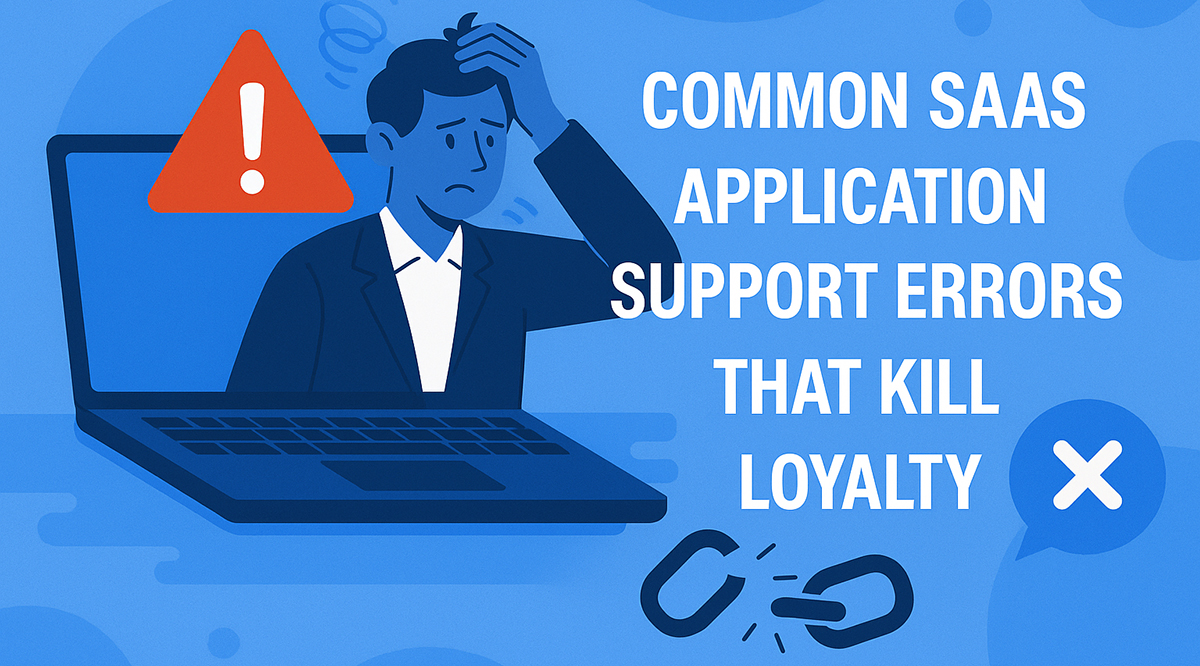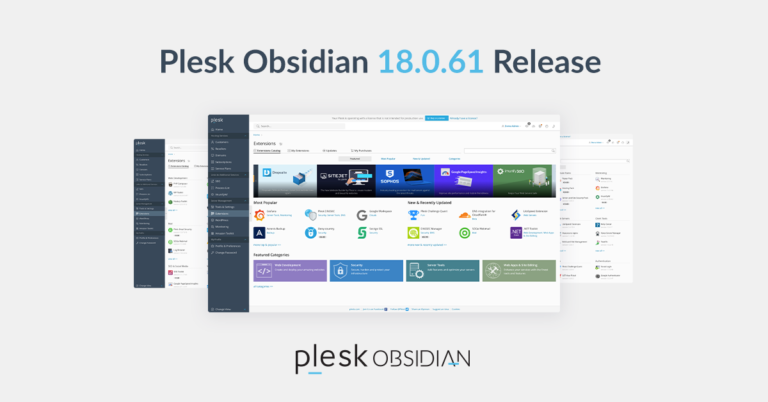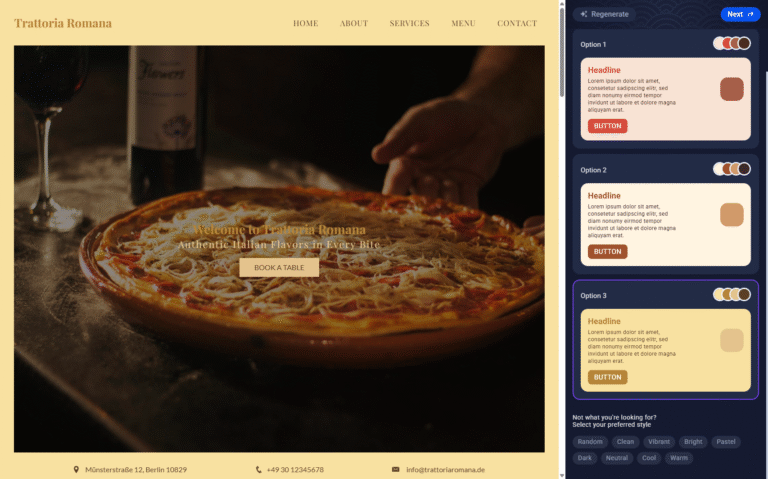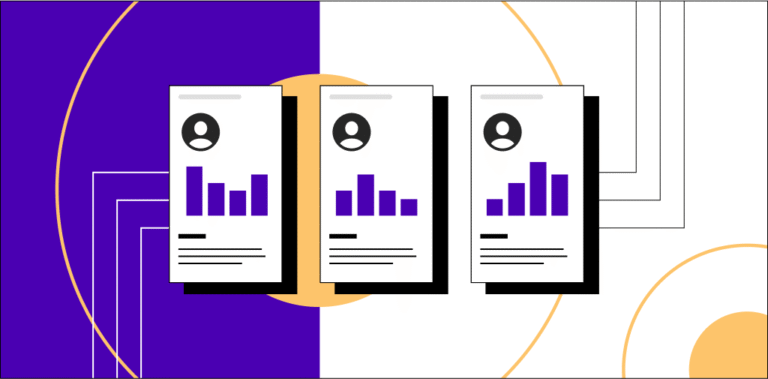
Many SaaS companies unknowingly risk customer loss and reputational damage due to avoidable shortcomings in their application support strategy. Instead of embedding support as a strategic pillar, it’s often considered a secondary concern something to address only after a product is launched and running. This approach results in fractured user experiences, inconsistent service quality, and ultimately, poor product adoption rates over time.
The real challenge begins when support systems are reactive rather than proactive. Issues only come to light when users face them directly, at which point frustration has already built up. In the absence of real-time system monitoring, performance alerts, and predictive maintenance workflows, critical issues go unnoticed until escalations occur. This not only disrupts service delivery but also contributes to rising churn, as modern users expect nothing less than instant support and uninterrupted availability.
A disorganized ticket handling process is another major roadblock. Without clear ticket categorization and prioritization mechanisms in place, support teams often tackle everything at the same urgency whether it’s a login query or a full system outage. Such inefficiencies generate unnecessary delays and overwhelm technical teams, especially when critical application bugs are not flagged appropriately. In the long run, this lack of structure compromises response time, increases costs, and reduces customer satisfaction.
Additionally, many fast-growing SaaS platforms make the mistake of depending heavily on their development teams to address day-to-day user concerns. While developers are central to product innovation and backend architecture, their involvement in routine support hinders both development velocity and the efficiency of the support pipeline. A scalable model demands that a dedicated and trained application support team handle the majority of user interactions, reserving developers only for complex bug fixes and architectural decisions.





